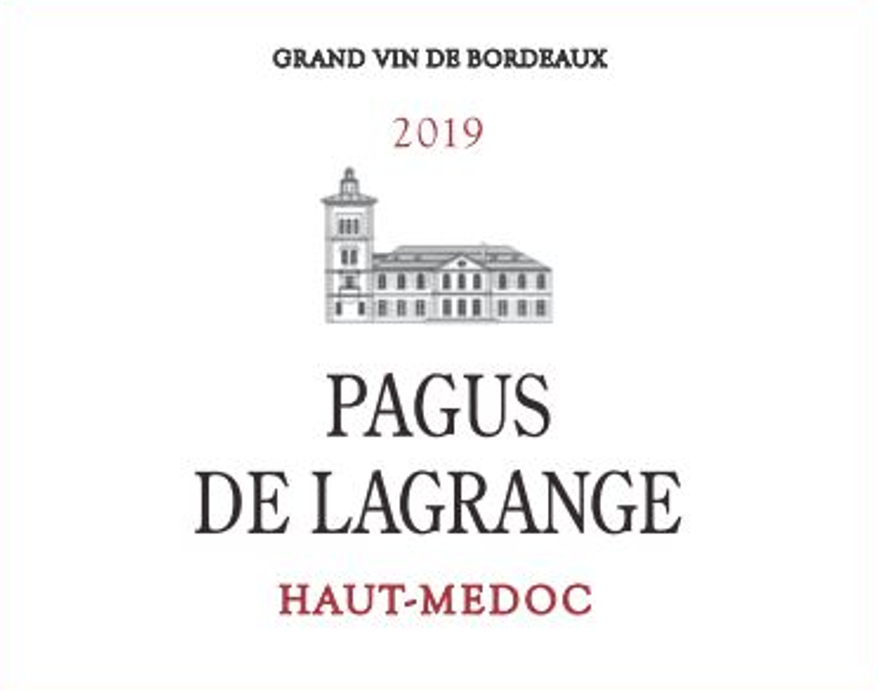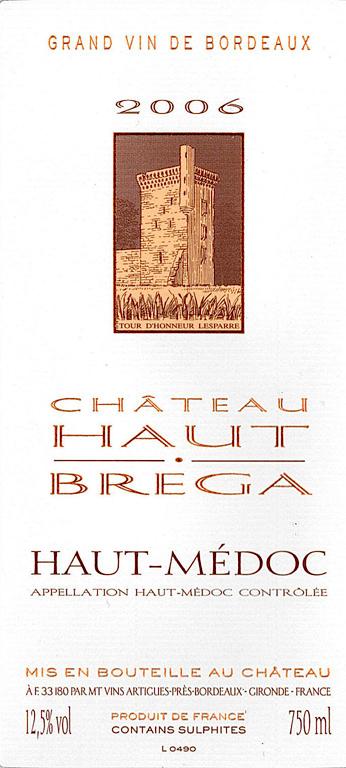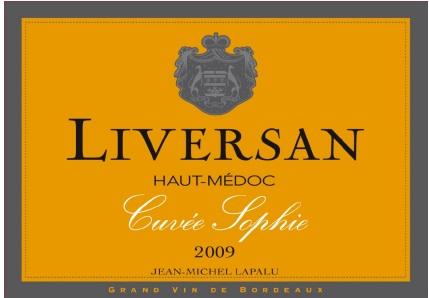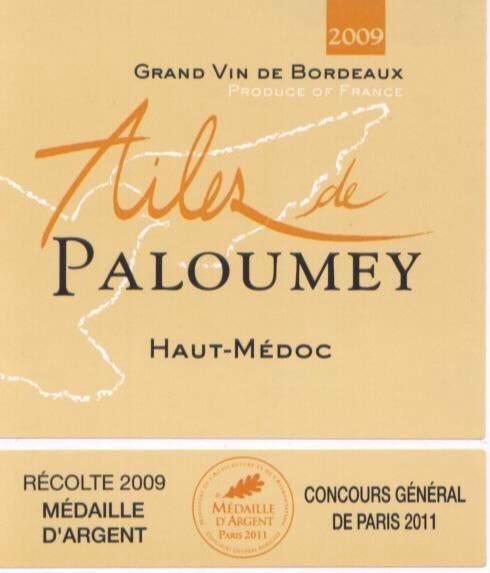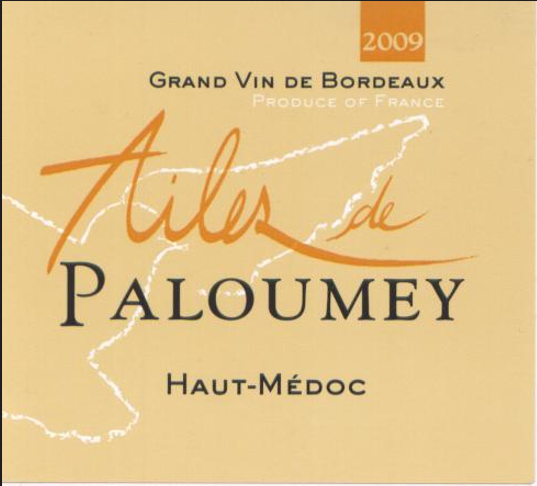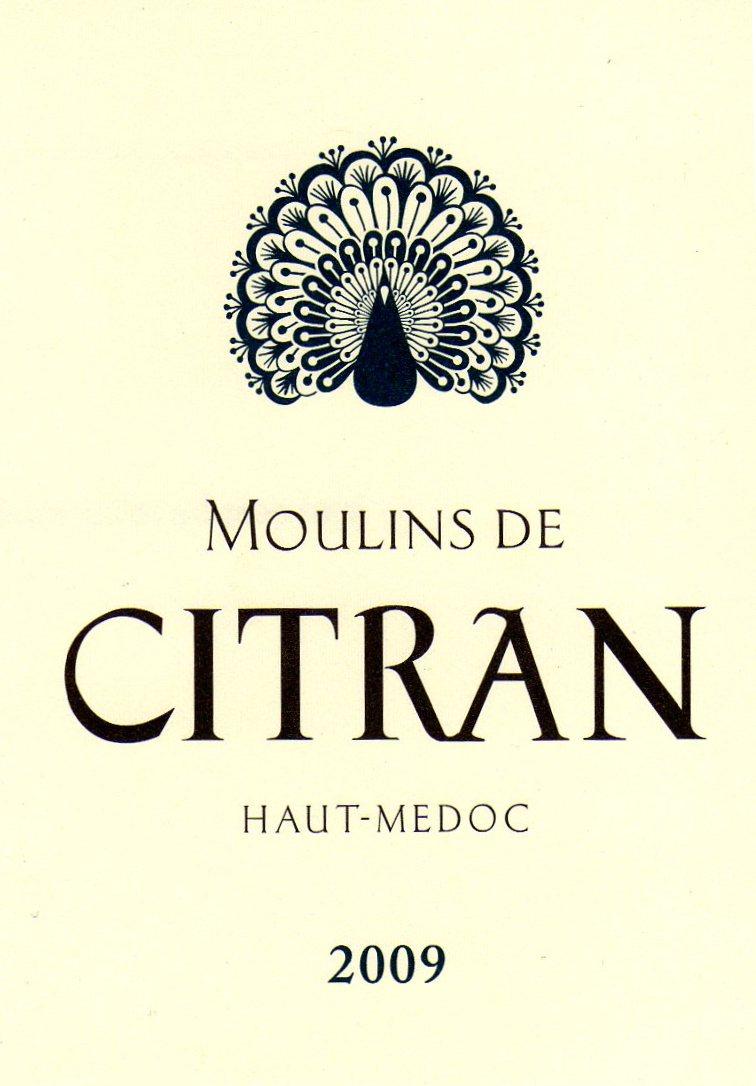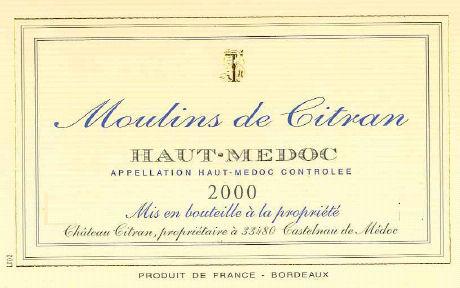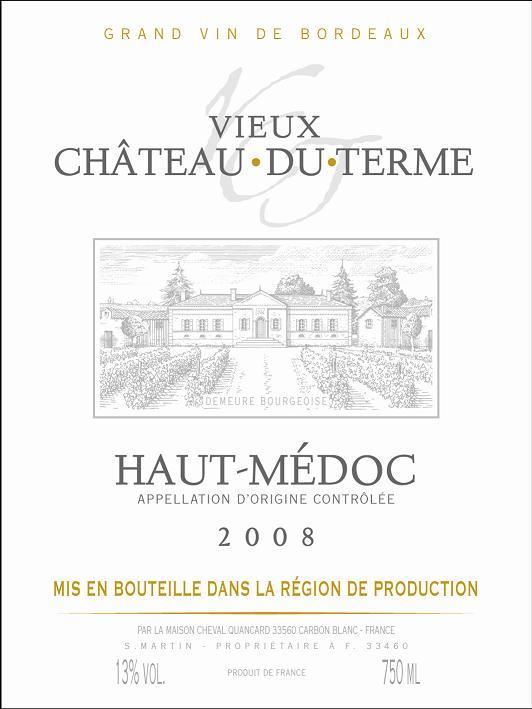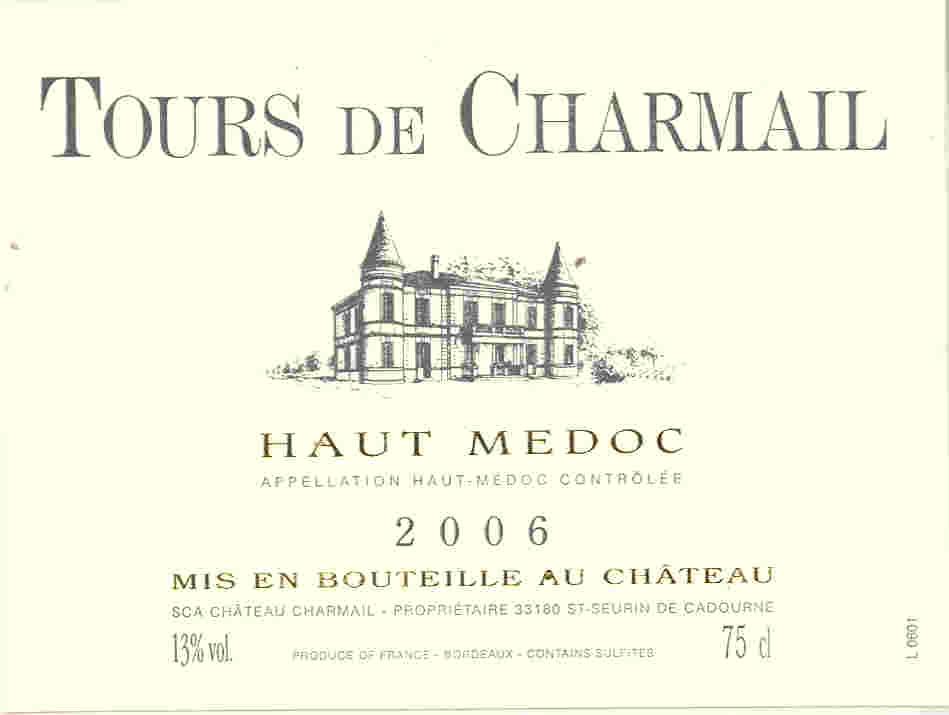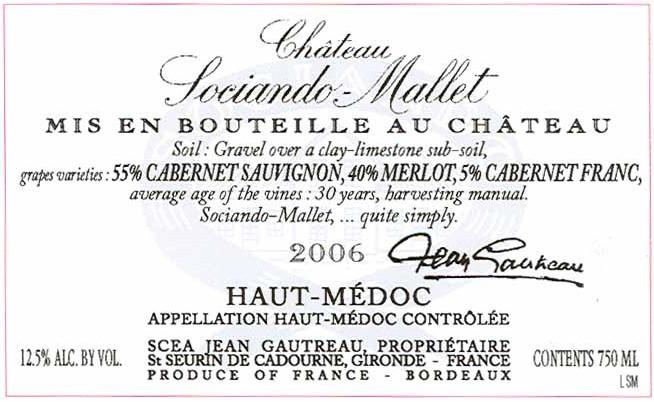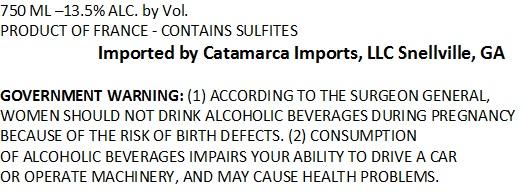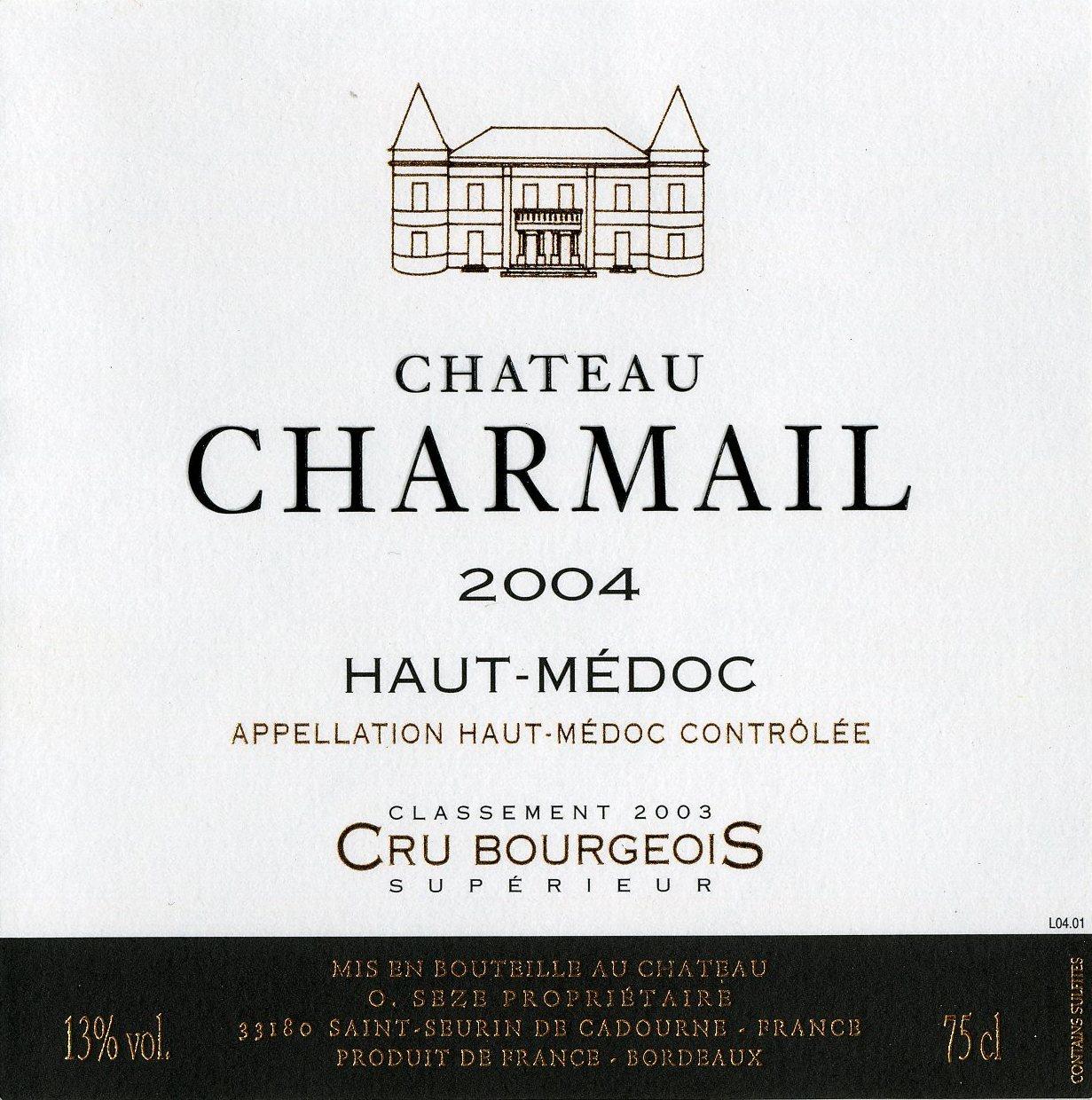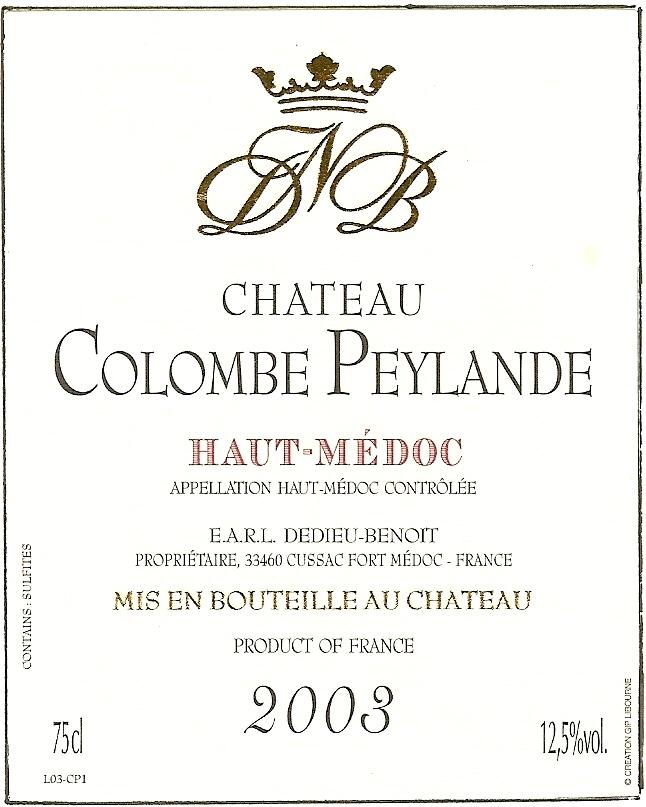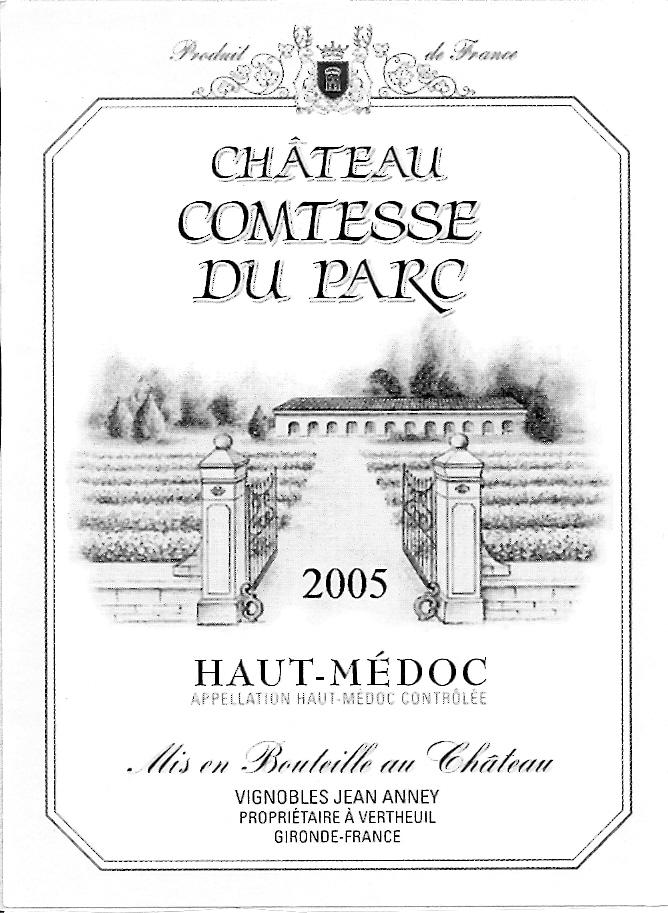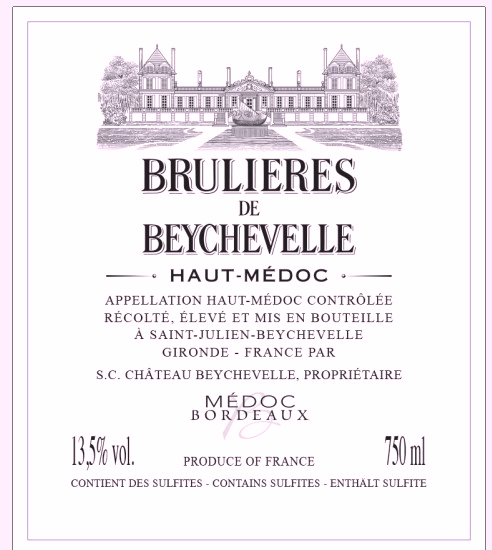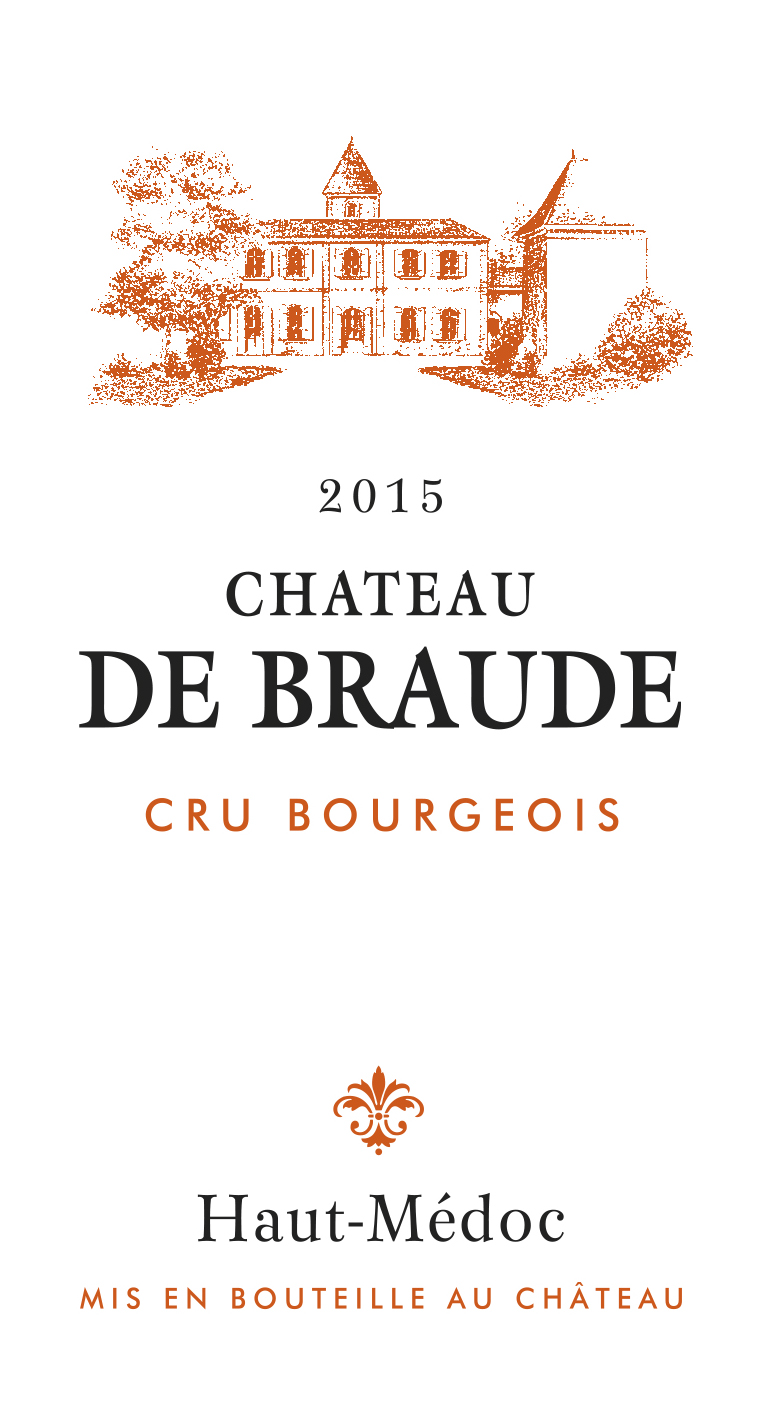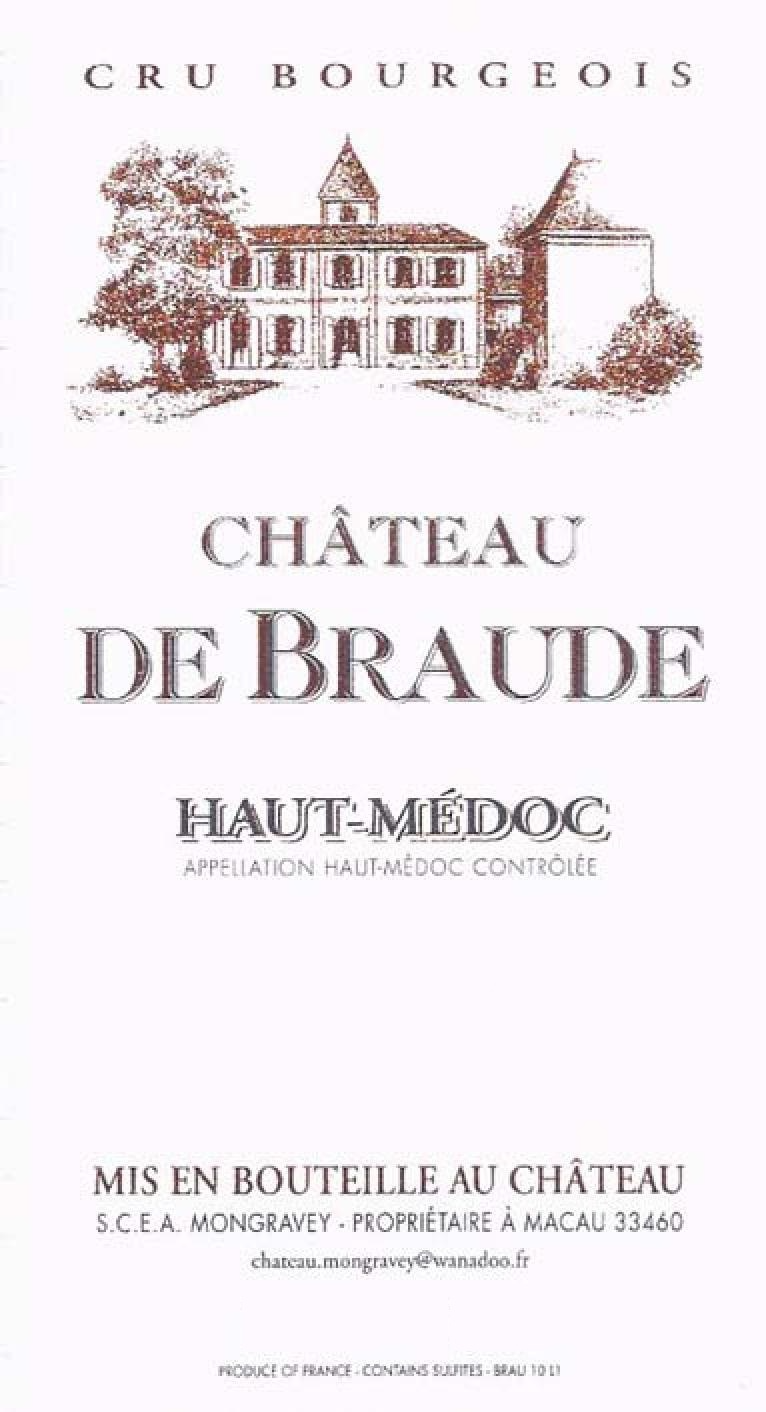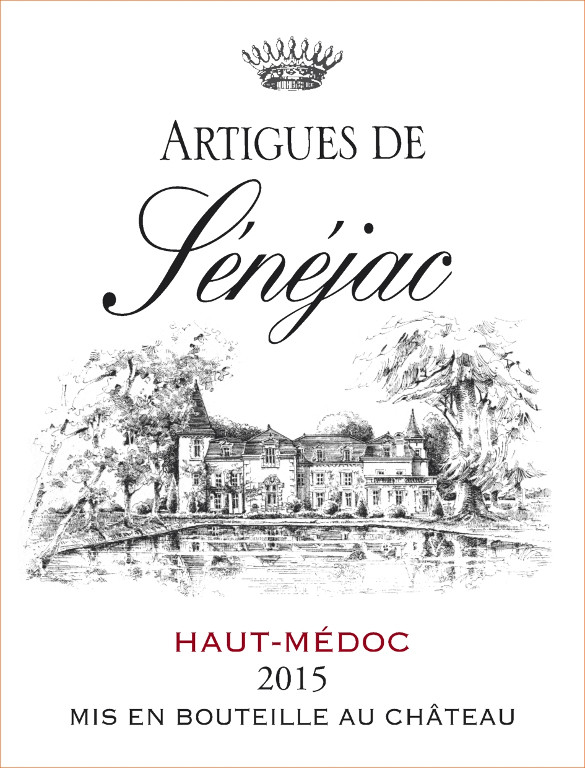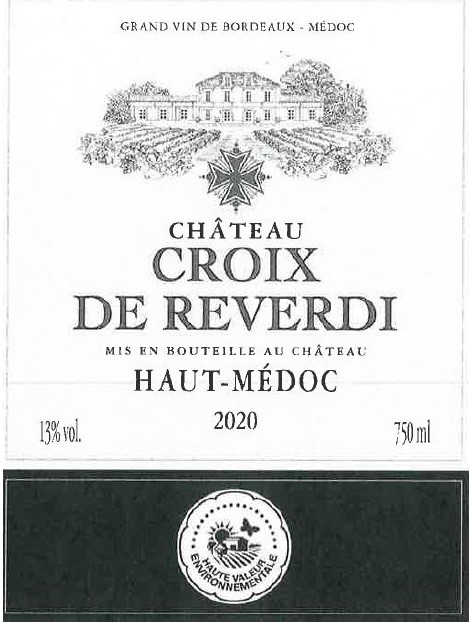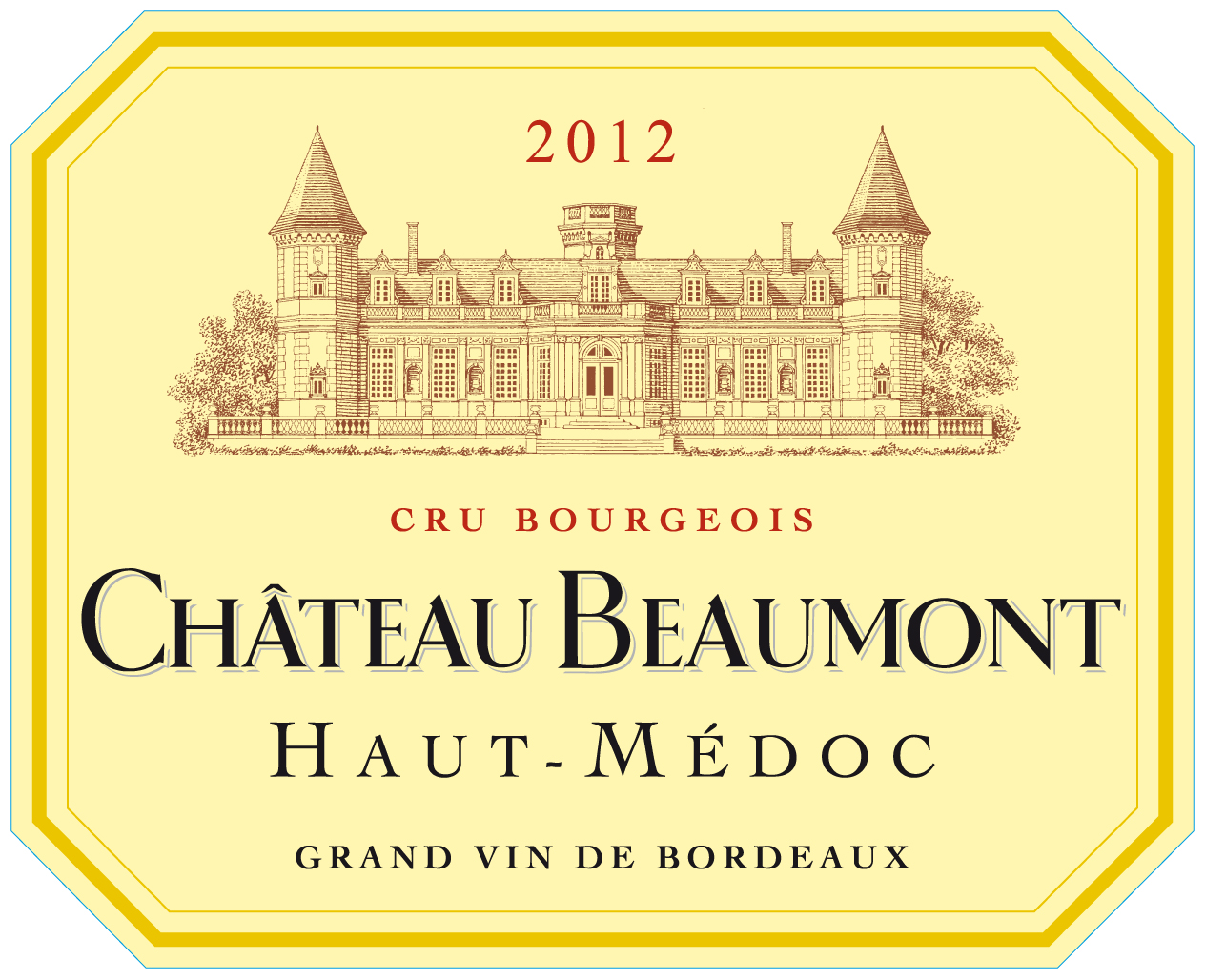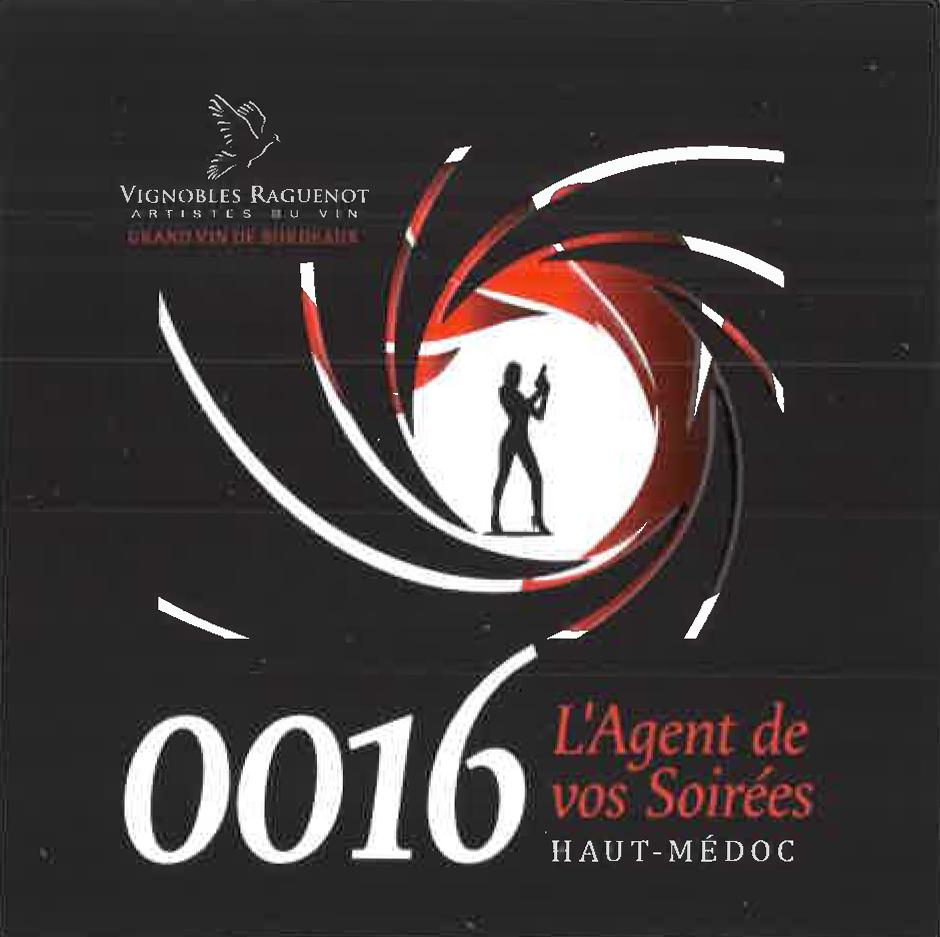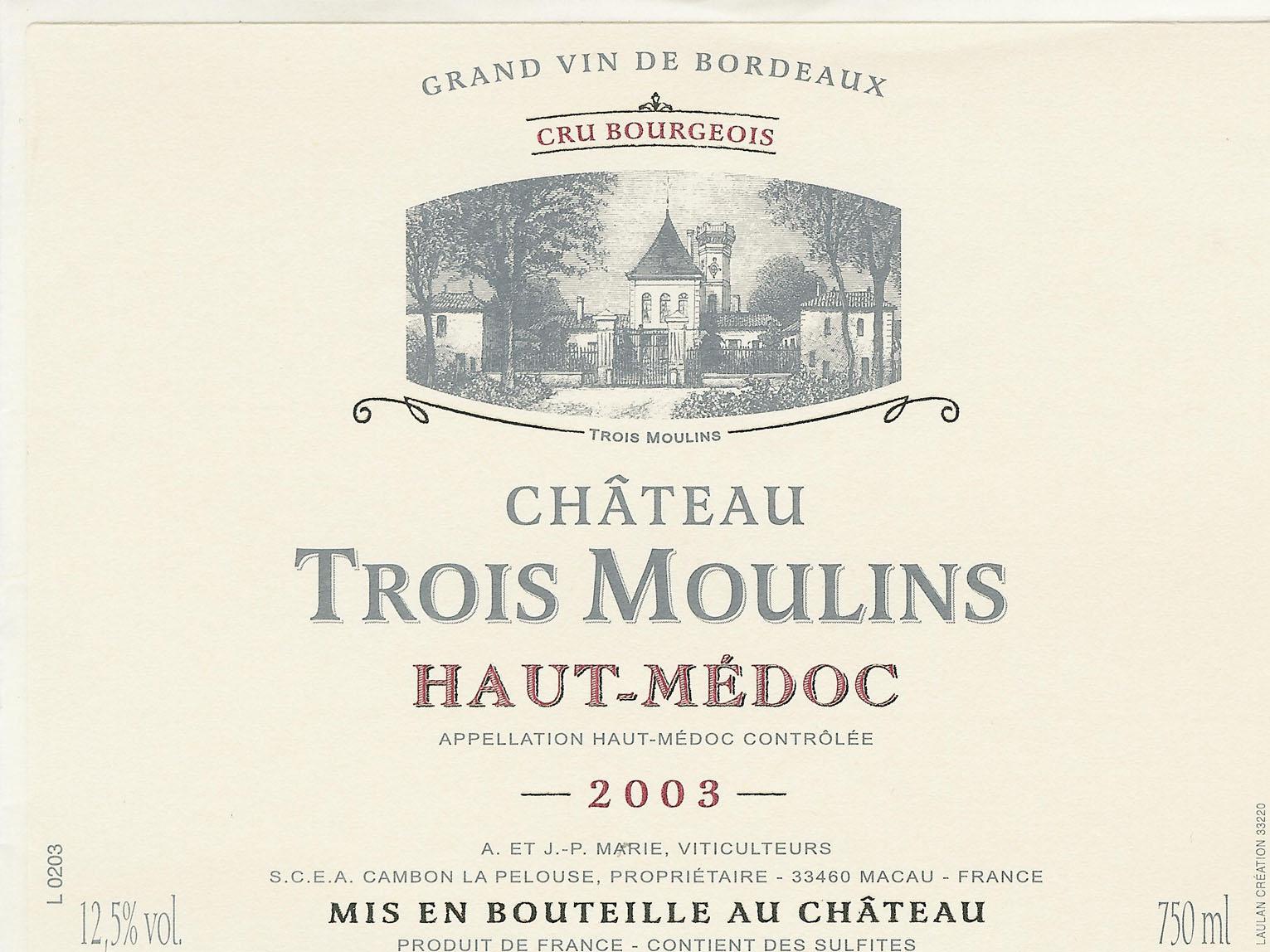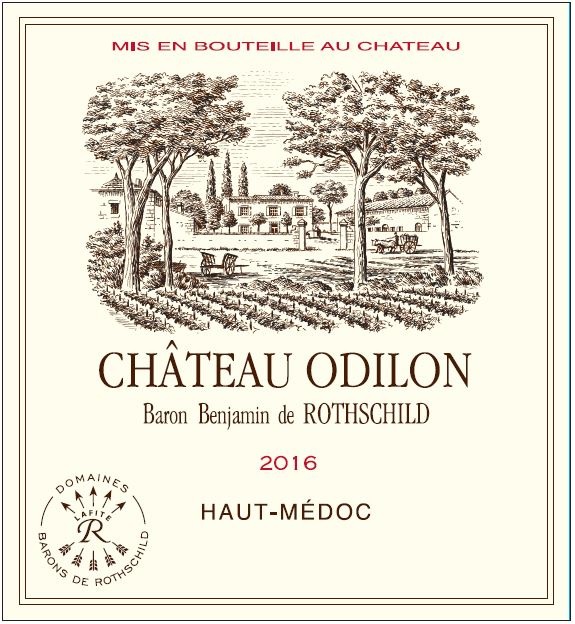Terroir of Haut-Médoc
The Haut-Médoc's terroir features gravelly beds with smooth stones and quartzite from ancient rivers, layered over clay and limestone. This unique soil is perfect for Cabernet Sauvignon, promoting good drainage and heat retention, which are essential for even ripening and deep root growth. Variations exist: vineyards near the Gironde River have newer alluvial sands, while those in Moulis and Listrac have more clay, adding to the region's mineral-rich, structured wines.
The climate, influenced by the nearby Atlantic Ocean, offers mild temperatures year-round. Summers are warm but cooled by estuary breezes, while winters are cool with minimal frost risk. Annual rainfall is moderate, mainly in winter and spring, with late-summer showers affecting harvest timing. These conditions, along with a long growing season, allow for wines that range from fresh and herbal to ripe and rich, often with a subtle saline hint.
Notable Wineries in Haut-Médoc
The Haut-Médoc region, part of Bordeaux's celebrated Left Bank, is famous for its prestigious vineyards and unique terroir. This area is known for producing structured, age-worthy red wines, particularly from the Cabernet Sauvignon grape. Within Haut-Médoc, several communes house some of the world's most esteemed wineries:
-
Pauillac: Known for Château Lafite Rothschild and Château Mouton Rothschild, both producing powerful, elegant wines.
-
Saint-Estèphe: Home to Château Cos d’Estournel, renowned for its bold, spicy wines.
-
Margaux: Features Château Margaux, celebrated for its finesse and fragrant bouquets.
Beyond these, the region includes notable Cru Bourgeois estates like Château Sociando-Mallet and Château Chasse-Spleen, offering excellent quality at great value.
Sustainable Winemaking in Haut-Médoc
Haut-Médoc, a prestigious region within Bordeaux's Left Bank, is making significant strides in sustainable winemaking. Many vineyards here have adopted organic and biodynamic practices, contributing to a growing number of eco-certified estates. Certifications like Haute Valeur Environnementale (HVE) and Terra Vitis are becoming common, reflecting a strong commitment to environmental responsibility.
Producers in Haut-Médoc are enhancing biodiversity by planting cover crops and managing pests naturally, reducing the need for chemicals. Water recycling and renewable energy usage are also on the rise, as is the restoration of traditional drainage systems to improve water management. These practices ensure the region continues to produce its renowned Cabernet Sauvignon-led blends while caring for the environment, showcasing a dedication to both quality and sustainability.
Wine Tourism in Haut-Médoc
Wine tourism in Haut-Médoc offers diverse experiences that highlight the region's rich heritage and wine excellence. Traveling along the "Route des Châteaux," visitors encounter iconic estates and picturesque villages. Options for exploration include cycling, classic car tours, or boat trips on the Gironde estuary, offering stunning views of the vineyards. The nearby city of Bordeaux and towns like Pauillac provide ideal day trip destinations.
Haut-Médoc hosts vibrant events such as the Marathon du Médoc in September, open-house weekends, and harvest festivals. Accommodation ranges from charming village inns to luxurious boutique hotels, with some wine estates offering unique lodging experiences. The area's gravelly landscapes and welcoming atmosphere make it a cornerstone of Bordeaux wine tourism. These elements, combined with a commitment to sustainable practices, ensure Haut-Médoc remains a top destination for wine enthusiasts.




